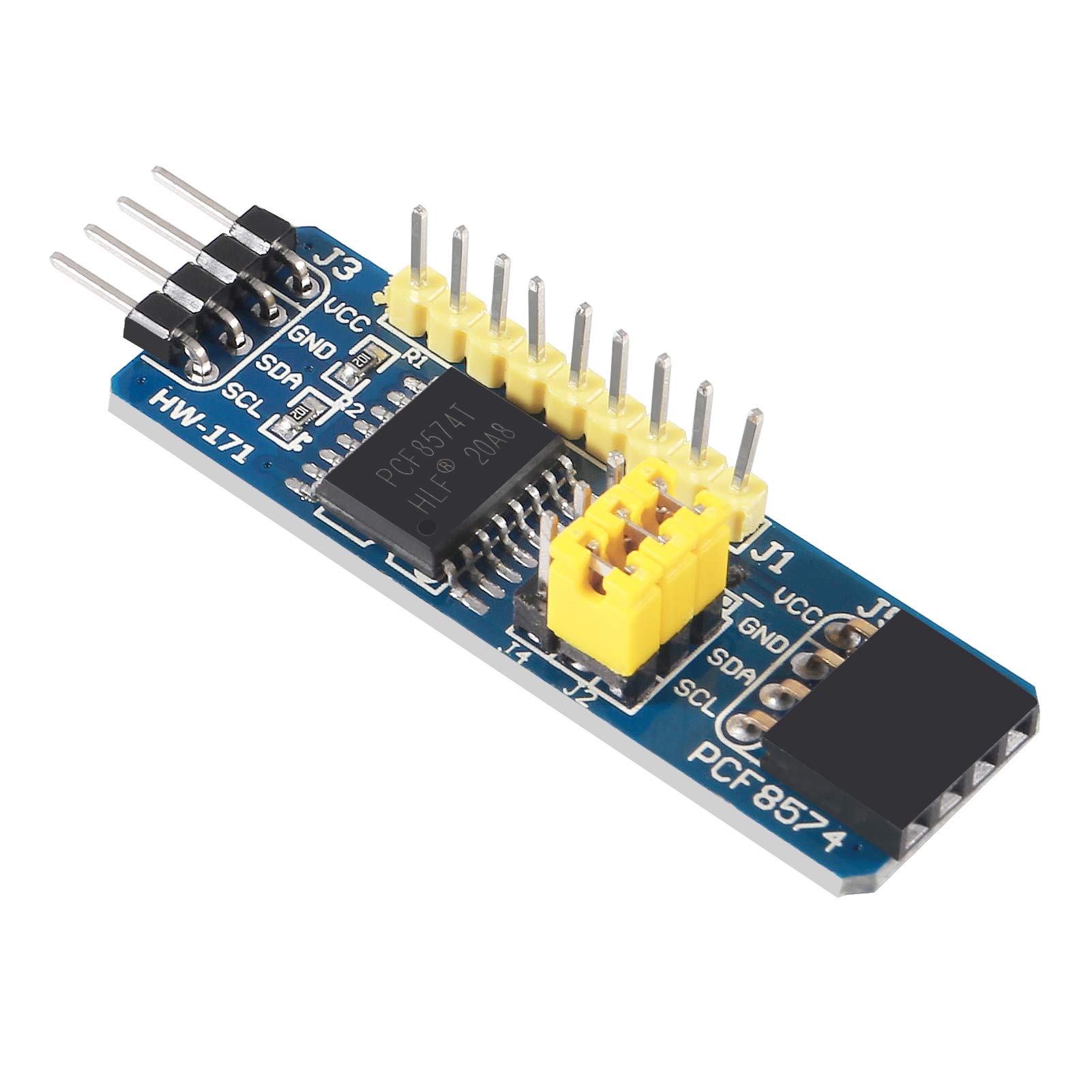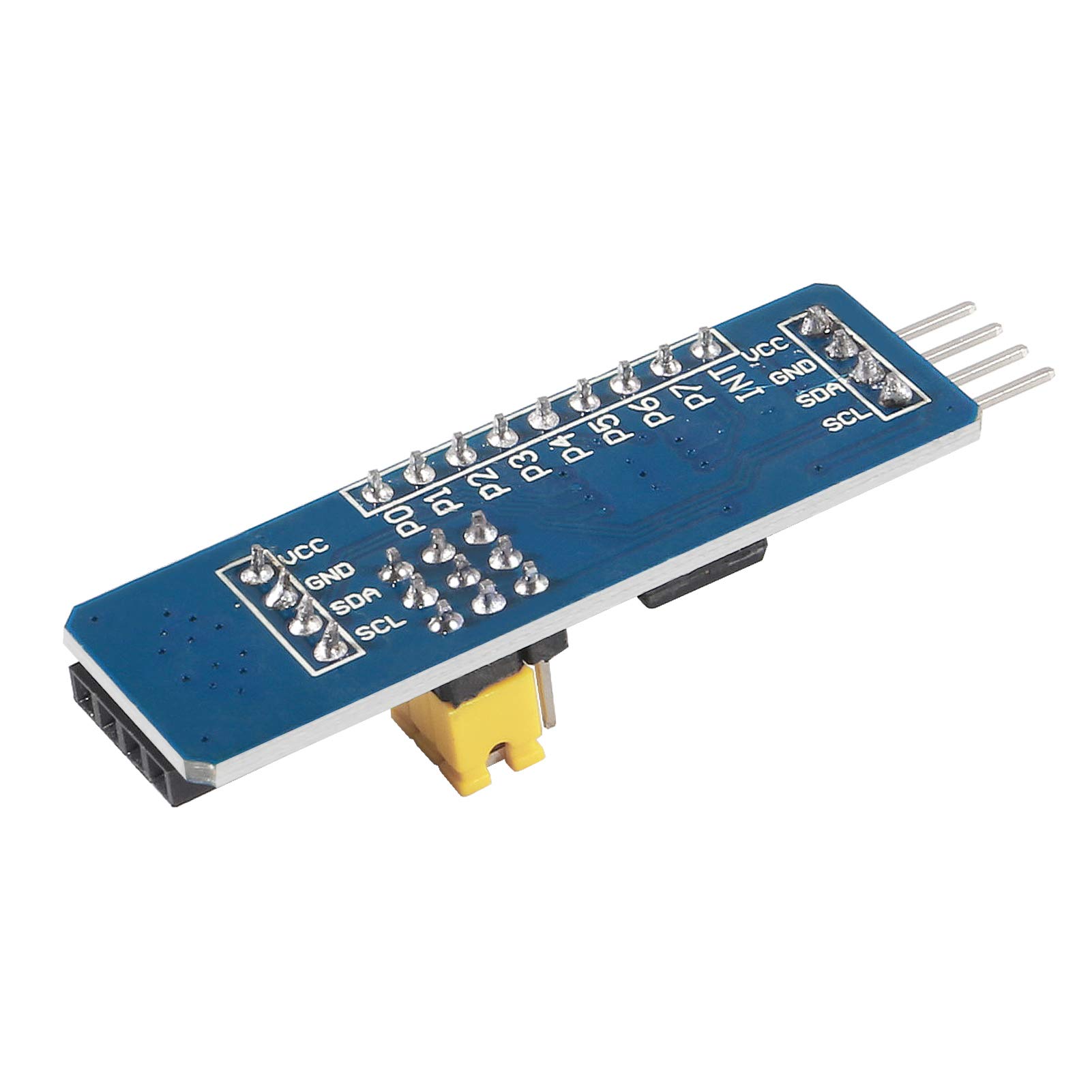Customer Services
Copyright © 2025 Desertcart Holdings Limited
Desert Online General Trading LLC
Dubai, United Arab Emirates







🔌 Unlock limitless I/O potential—expand your creative horizons!
The AITRIP 10pcs PCF8574 IO Expansion Board set offers a powerful I2C-based solution to extend microcontroller I/O capabilities. Each board provides 8-bit parallel output, enabling up to 64 I/O pins when daisy-chained. Compatible with Arduino, Raspberry Pi, and other platforms, these lightweight, compact modules are ideal for developers facing I/O resource constraints, delivered in a convenient 10-pack for versatile project scaling.
| RAM | LPDDR2 |
| Brand | AITRIP |
| Series | PCF8574 IO Expansion Board |
| Operating System | Linux |
| Item Weight | 2.08 ounces |
| Package Dimensions | 6.1 x 4.8 x 0.98 inches |
| Color | Blue |
| Processor Brand | Broadcom |
| Number of Processors | 1 |
| Manufacturer | AITRIP |
| ASIN | B08YNBZQ5S |
| Date First Available | March 11, 2021 |
Trustpilot
1 month ago
1 day ago
1 month ago
2 weeks ago